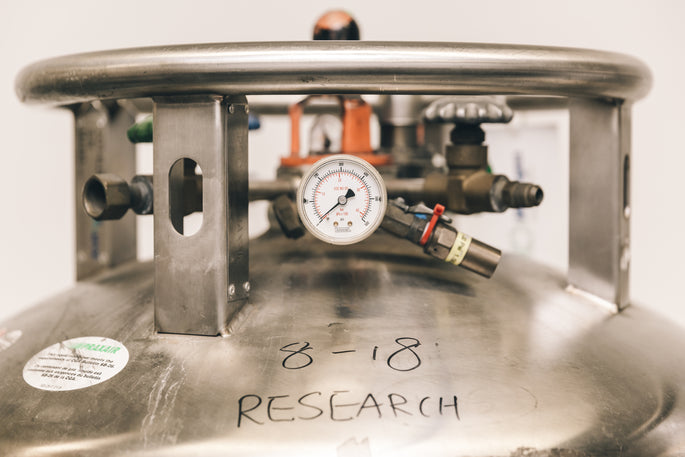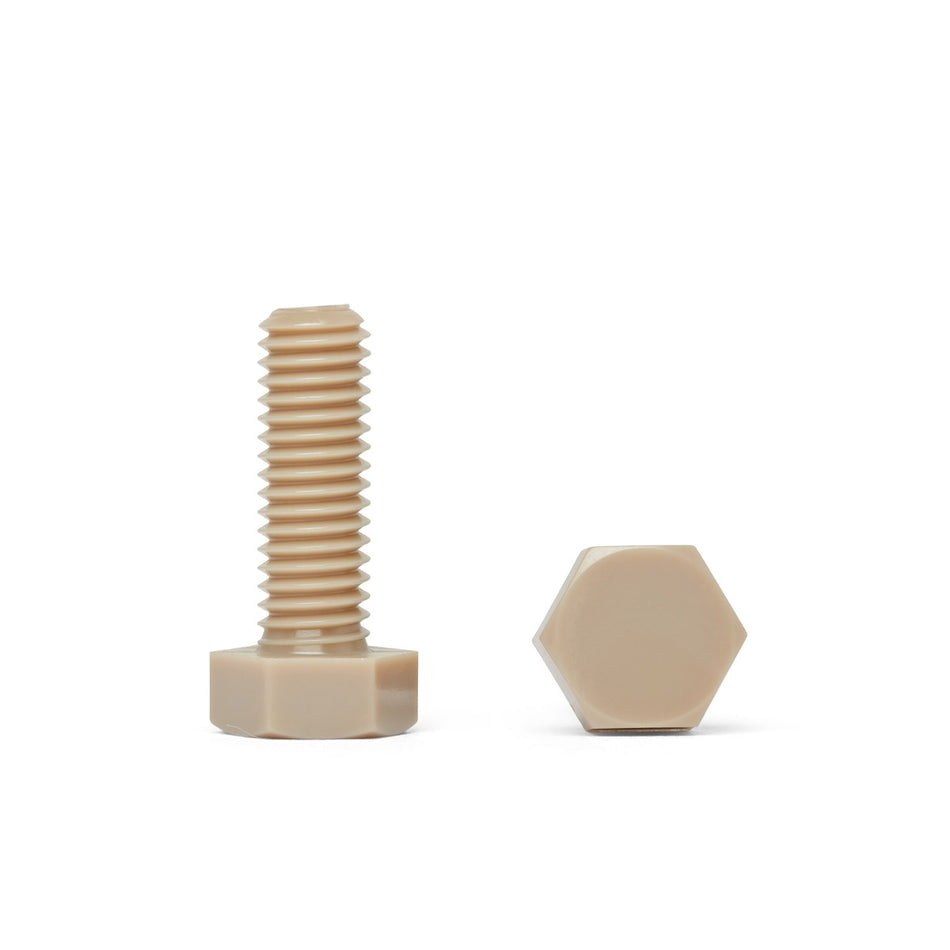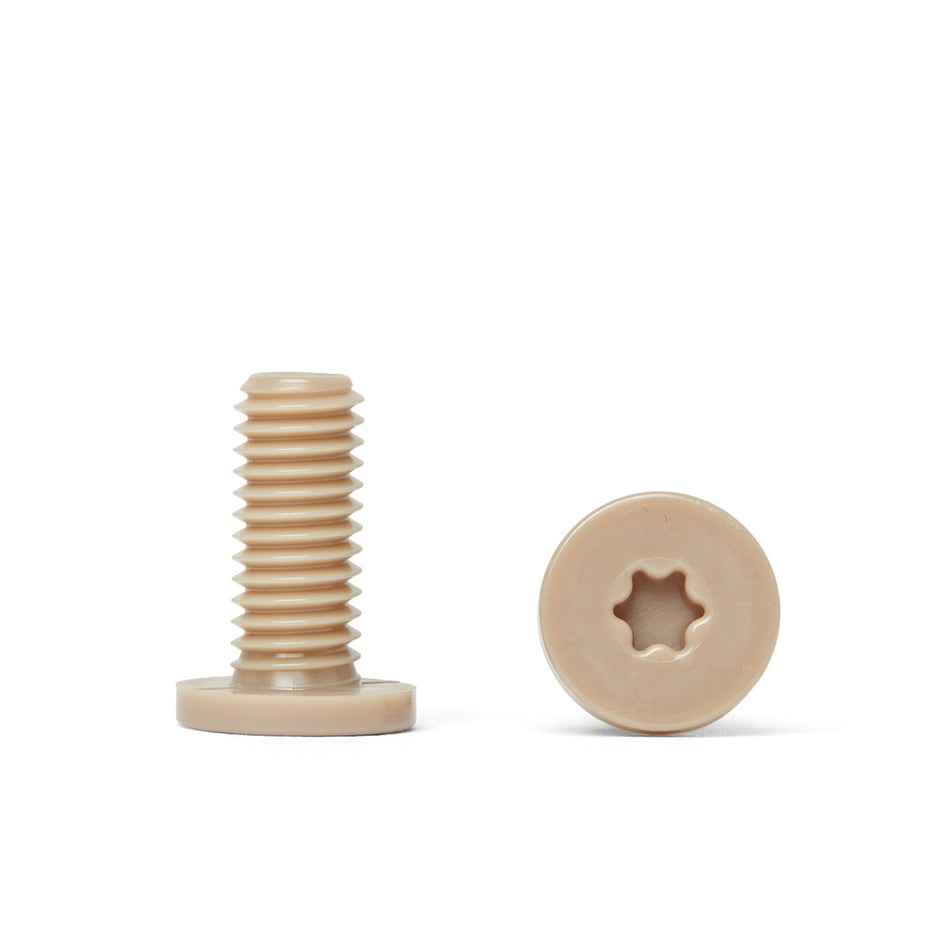107 Produkte

Why Are Low Outgassing Fasteners Necessary?

Low outgassing polymers

Typical applications for low outgassing polymer fasteners

What makes these polymers low outgassing?

What are the key advantages of using a low outgassing polymer fasteners?

Are there other benefits to low outgassing polymers?
Schrauben, Muttern, Bolzen, Unterlegscheiben und Befestigungselemente mit geringer Ausgasung sind Befestigungselemente, die aus Materialien hergestellt sind, die eine geringe Ausgasungsrate oder Freisetzung von Gasen in die Umgebung aufweisen. Sie werden in einer Vielzahl von Anwendungen eingesetzt, bei denen Ausgasung ein Problem darstellt, beispielsweise in der Luft- und Raumfahrt- und Verteidigungsindustrie oder in Umgebungen mit Vakuumbedingungen.
Das Ausgasen kann bei bestimmten Anwendungen ein Problem darstellen, da die Freisetzung von Gasen in die Umgebung die Leistung von Geräten oder der Umgebung beeinträchtigen kann. In der Luft- und Raumfahrtindustrie kann Ausgasung beispielsweise zur Verunreinigung optischer Systeme führen oder die Leistung von Sensoren beeinträchtigen, und in Vakuumumgebungen kann Ausgasung zu einem Druckanstieg führen, der die Leistung von Geräten oder Prozessen beeinträchtigen kann.
Es gibt eine Vielzahl von Materialien, die zur Herstellung von Schrauben, Muttern, Bolzen, Unterlegscheiben und Befestigungselementen mit geringer Ausgasung verwendet werden können, darunter Edelstahl, Titan und bestimmte Arten von Kunststoff oder Polymer. Diese Materialien werden aufgrund ihrer geringen Ausgasungseigenschaften ausgewählt, was bedeutet, dass sie eine geringe Gasabgaberate an die Umgebung haben.
Schrauben, Muttern, Bolzen, Unterlegscheiben und Befestigungselemente mit geringer Ausgasung können in einer Vielzahl von Anwendungen verwendet werden, bei denen Ausgasungen ein Problem darstellen, wie z. B. beim Bau von Luft- und Raumfahrt- und Verteidigungsausrüstung oder bei der Montage elektronischer Komponenten. Sie können auch bei der Herstellung von Elektroisoliermaterialien oder bei der Installation elektrischer Anlagen verwendet werden.
Schrauben, Muttern, Bolzen, Unterlegscheiben und Befestigungselemente mit geringer Ausgasung werden häufig aufgrund ihrer geringen Ausgasungseigenschaften sowie ihrer anderen vorteilhaften Eigenschaften wie Korrosionsbeständigkeit und guten mechanischen Eigenschaften ausgewählt. Sie können dazu beitragen, die Leistung und Zuverlässigkeit von Geräten und Systemen in Umgebungen zu verbessern, in denen Ausgasungen ein Problem darstellen, und sie können dazu beitragen, eine Kontamination oder Störung durch die Freisetzung von Gasen zu verhindern.
Insgesamt sind Schrauben, Muttern, Bolzen, Unterlegscheiben und Befestigungselemente mit geringer Ausgasung eine wichtige Komponente in vielen Anwendungen, bei denen Ausgasungen ein Problem darstellen, und sie werden aufgrund ihrer geringen Ausgasungseigenschaften ausgewählt, die dazu beitragen, die Leistung und Zuverlässigkeit von Geräten und Systemen sicherzustellen Umgebungen, in denen Ausgasungen ein Problem darstellen.
































